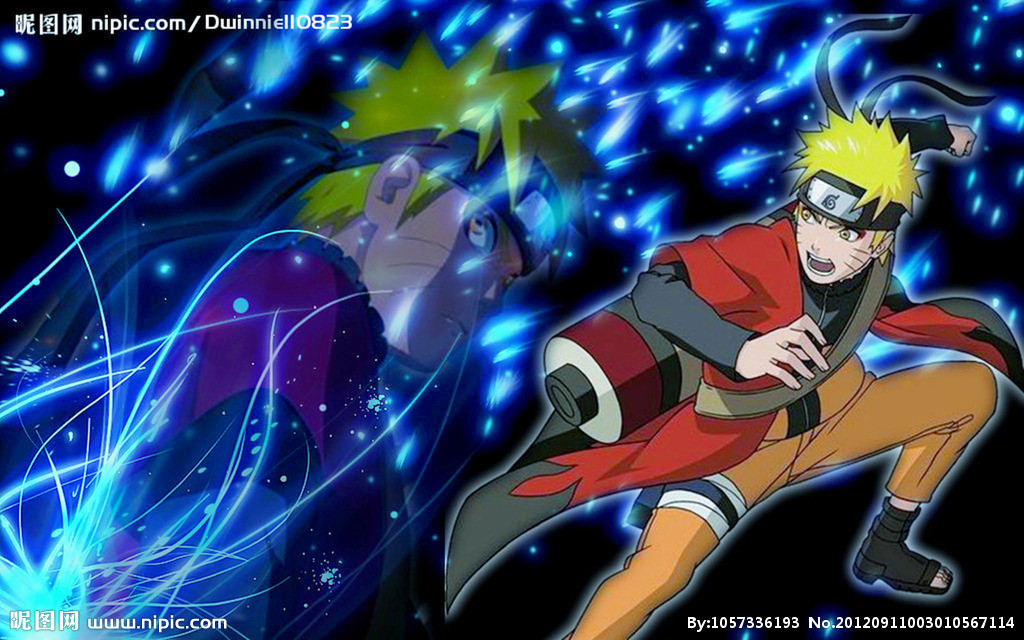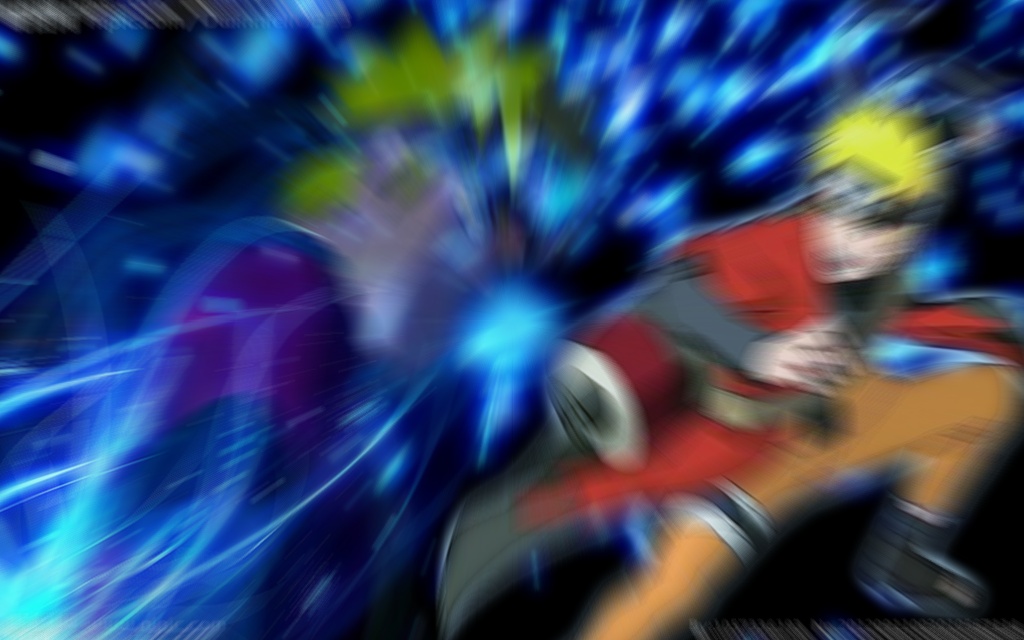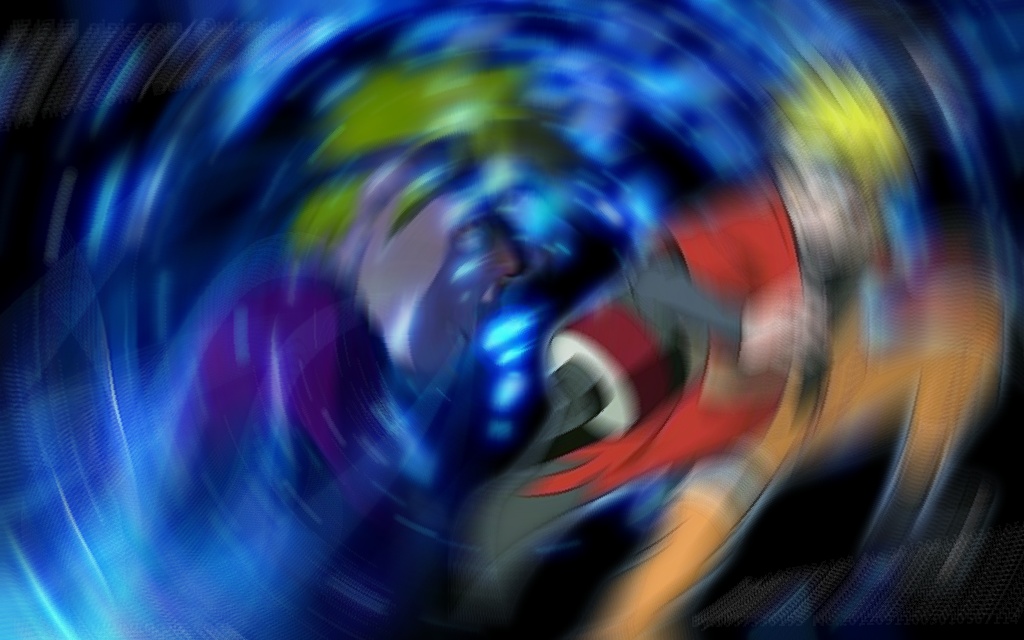影象模糊的處理方法
阿新 • • 發佈:2018-11-13
1.對焦模糊
均值濾波
高斯濾波
2.運動模糊
運動模糊的數學原理
運動模糊,是在拍攝裝置快門開啟的時間內,物體在成像平面上的投影發生平移或旋轉,使接受的影像彼此發生重疊。
為了便於用數學語言描述影象及其變換,現作如下規定:影象的左上角為座標原點(0,0),影象的長度方向為x軸,寬度方向為y軸,整個影象落在第一象限。
假設無任何模糊和噪聲的真實影象為f(x,y),模糊影象為g(x,y)。由於運動模糊是由影象彼此重疊造成的,所以成立:
其中,Cx為影象在方向上的平移速度,Cy為在方向上的平移速度,T為快門開啟時間即產生模糊影象的時間,n(x,y)為加性噪聲。
計算機實現細節
為了簡化計算過程,我假設只有運動模糊而沒有任何加性噪聲,而且產生模糊的運動是沿x方向的。
對於真實影象,模糊影象自然是原始影象的疊加,但對於數字影象,由於畫素資訊由數值表示,不能簡單地將相應畫素值相加,而是將畫素資訊縮小後相加,否則會使亮度成倍增加,使影象嚴重失真。
cv::Mat motionblur(cv::Mat in , unsigned int steps_x, unsigned int steps_y) { // steps_x steps_y should >= 2. int rows = in.rows; int cols = in.cols; int channel = in.channels(); cv::Mat out(rows, cols, CV_8UC(channel)); int element = cols * channel; if (steps_x != 0) { for (size_t i = 0; i < rows; i++) { uchar * ptr_in = in.ptr<uchar>(i); uchar * ptr_out = out.ptr<uchar>(i); float sum_b = 0, sum_g = 0, sum_r = 0; for (size_t j = 0; j < element; j += channel) { if ((j / channel) < steps_x) { if (channel == 3) { sum_b += ptr_in[j]; sum_g += ptr_in[j + 1]; sum_r += ptr_in[j + 2]; ptr_out[j] = static_cast<uchar>(sum_b / ((j / channel) + 1)); ptr_out[j + 1] = static_cast<uchar>(sum_g / ((j / channel) + 1)); ptr_out[j + 2] = static_cast<uchar>(sum_r / ((j / channel) + 1)); } else if (channel == 1) { sum_b += ptr_in[j]; ptr_out[j] = static_cast<uchar>(sum_b / (j + 1)); } } else { if (channel == 3) { sum_b = sum_b + ptr_in[j] - ptr_in[j - steps_x * channel]; sum_g = sum_g + ptr_in[j + 1] - ptr_in[j - steps_x * channel + 1]; sum_r = sum_r + ptr_in[j + 2] - ptr_in[j - steps_x * channel + 2]; ptr_out[j] = static_cast<uchar>(sum_b / steps_x); ptr_out[j + 1] = static_cast<uchar>(sum_g / steps_x); ptr_out[j + 2] = static_cast<uchar>(sum_r / steps_x); } else if (channel == 1) { sum_b = sum_b + ptr_in[j] - ptr_in[j - steps_x]; ptr_out[j] = static_cast<uchar>(sum_b / steps_x); } } } } } if (steps_y != 0) { for (size_t i = 0; i < cols; i++) { float sum_b = 0, sum_g = 0, sum_r = 0; for (size_t j = 0; j < rows; j++) { if (j < steps_y) { if (channel == 3) { sum_b += in.at<cv::Vec3b>(j, i)[0]; sum_g += in.at<cv::Vec3b>(j, i)[1]; sum_r += in.at<cv::Vec3b>(j, i)[2]; out.at<cv::Vec3b>(j, i)[0] = static_cast<uchar>(sum_b / (j + 1)); out.at<cv::Vec3b>(j, i)[1] = static_cast<uchar>(sum_g / (j + 1)); out.at<cv::Vec3b>(j, i)[2] = static_cast<uchar>(sum_r / (j + 1)); } else if(channel == 1){ sum_b += in.at<uchar>(j, i); out.at<uchar>(j, i) = static_cast<uchar>(sum_b / (j + 1)); } } else { if (channel == 3) { sum_b = sum_b + in.at<cv::Vec3b>(j, i)[0] - in.at<cv::Vec3b>(j - steps_y, i)[0]; sum_g = sum_g + in.at<cv::Vec3b>(j, i)[1] - in.at<cv::Vec3b>(j - steps_y, i)[1]; sum_r = sum_r + in.at<cv::Vec3b>(j, i)[2] - in.at<cv::Vec3b>(j - steps_y, i)[2]; out.at<cv::Vec3b>(j, i)[0] = static_cast<uchar>(sum_b / steps_y); out.at<cv::Vec3b>(j, i)[1] = static_cast<uchar>(sum_g / steps_y); out.at<cv::Vec3b>(j, i)[2] = static_cast<uchar>(sum_r / steps_y); } else if(channel == 1) { sum_b = sum_b + in.at<uchar>(j, i) - in.at<uchar>(j-steps_y, i); out.at<uchar>(j, i) = static_cast<uchar>(sum_b / steps_y); } } } } } return out; }
實現效果
原圖
處理之後的圖
3.徑向模糊
(與運動模糊原理一致)
PS裡稱為 徑向模糊->縮放, 還有一種 徑向模糊->旋轉。
縮放的原理:
確定一箇中心點(如0.5, 0.5), 跟當前畫素連一條線. 以當前畫素為中心, 在線上的附近畫素進行取樣, 最後取一下平均值.
同樣,旋轉的原理相似,就是相同半徑的一定鄰域內的均值。
縮放時,半徑變化,旋轉時,角度變化。
使用OpenCV實現
原圖:
徑向模糊->縮放:
#include <math.h>
#include <opencv/cv.h>
#include <opencv/highgui.h>
using namespace cv;
using namespace std;
int num=40;//num:均值力度;
int main()
{
Mat src = imread("D:/test3.jpg",1);
Mat src1u[3];
split(src,src1u);
int width=src.cols;
int heigh=src.rows;
Mat img;
src.copyTo(img);
Point center(width/2,heigh/2);
for (int y=0; y<heigh; y++)
{
uchar *imgP = img.ptr<uchar>(y);
for (int x=0; x<width; x++)
{
int R = norm(Point(x,y)-center);
double angle = atan2((double)(y-center.y),(double)(x-center.x));
int tmp0=0,tmp1=0,tmp2=0;
for (int i=0;i<num;i++) //num:均值力度 ,i為變化幅度;
{
int tmpR = (R-i)>0?(R-i):0;
int newX = tmpR*cos(angle) + center.x;
int newY = tmpR*sin(angle) + center.y;
if(newX<0)newX=0;
if(newX>width-1)newX=width-1;
if(newY<0)newY=0;
if(newY>heigh-1)newY=heigh-1;
tmp0 += src1u[0].at<uchar>(newY,newX);
tmp1 += src1u[1].at<uchar>(newY,newX);
tmp2 += src1u[2].at<uchar>(newY,newX);
}
imgP[3*x]=(uchar)(tmp0/num);
imgP[3*x+1]=(uchar)(tmp1/num);
imgP[3*x+2]=(uchar)(tmp2/num);
}
}
imshow("徑向模糊",img);
waitKey();
imwrite("D:/徑向模糊(縮放).jpg",img);
}
徑向模糊->旋轉:
#include <math.h>
#include <opencv/cv.h>
#include <opencv/highgui.h>
using namespace cv;
using namespace std;
int num=20; //均值力度;
int main()
{
Mat src = imread("D:/test3.jpg",1);
Mat src1u[3];
split(src,src1u);
int width=src.cols;
int heigh=src.rows;
Mat img;
src.copyTo(img);
Point center(width/2,heigh/2);
for (int y=0; y<heigh; y++)
{
uchar *imgP = img.ptr<uchar>(y);
for (int x=0; x<width; x++)
{
int R = norm(Point(x,y)-center);
double angle = atan2((double)(y-center.y),(double)(x-center.x));
int tmp0=0,tmp1=0,tmp2=0;
for (int i=0;i<num;i++) //均值力度;
{
angle+=0.01; //0.01控制變化頻率,步長
int newX = R*cos(angle) + center.x;
int newY = R*sin(angle) + center.y;
if(newX<0)newX=0;
if(newX>width-1)newX=width-1;
if(newY<0)newY=0;
if(newY>heigh-1)newY=heigh-1;
tmp0 += src1u[0].at<uchar>(newY,newX);
tmp1 += src1u[1].at<uchar>(newY,newX);
tmp2 += src1u[2].at<uchar>(newY,newX);
}
imgP[3*x]=(uchar)(tmp0/num);
imgP[3*x+1]=(uchar)(tmp1/num);
imgP[3*x+2]=(uchar)(tmp2/num);
}
}
imshow("徑向模糊",img);
waitKey();
imwrite("D:/徑向模糊(旋轉).jpg",img);




